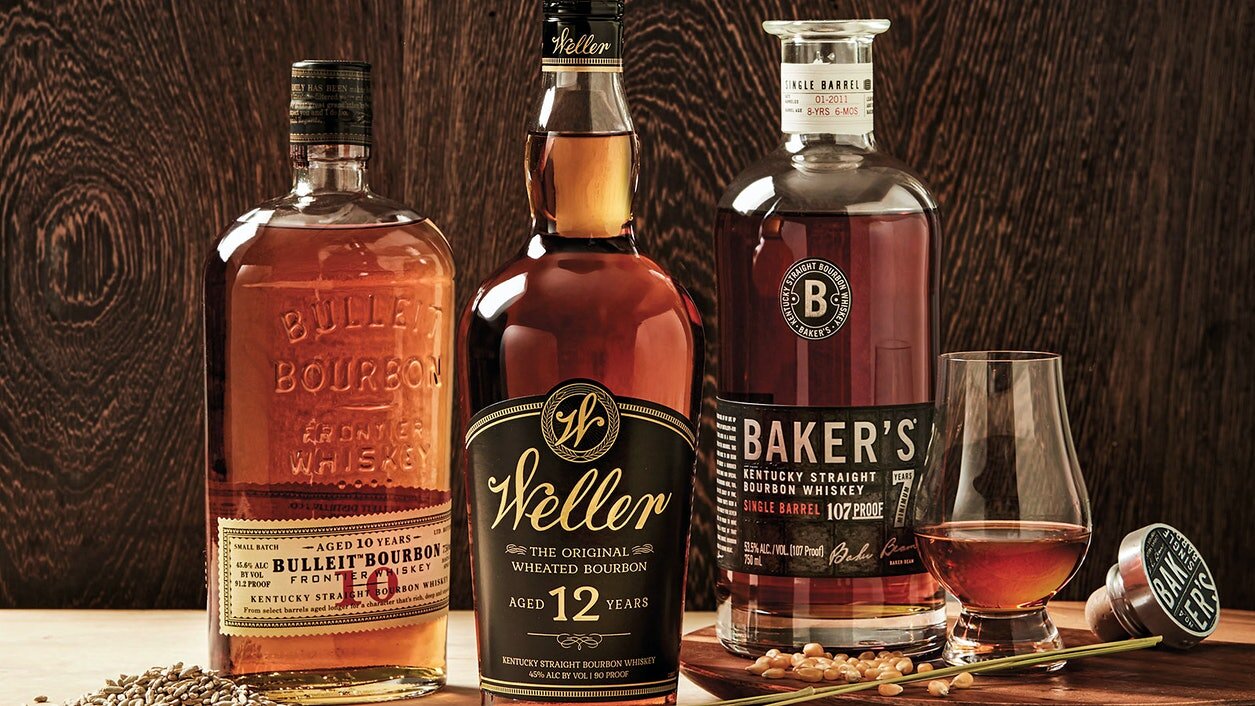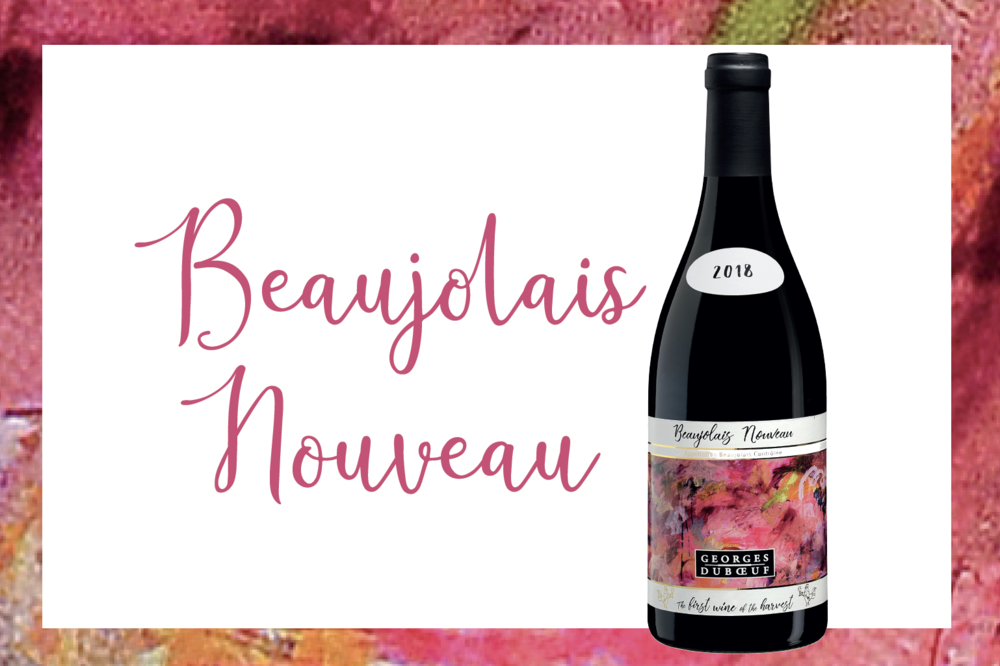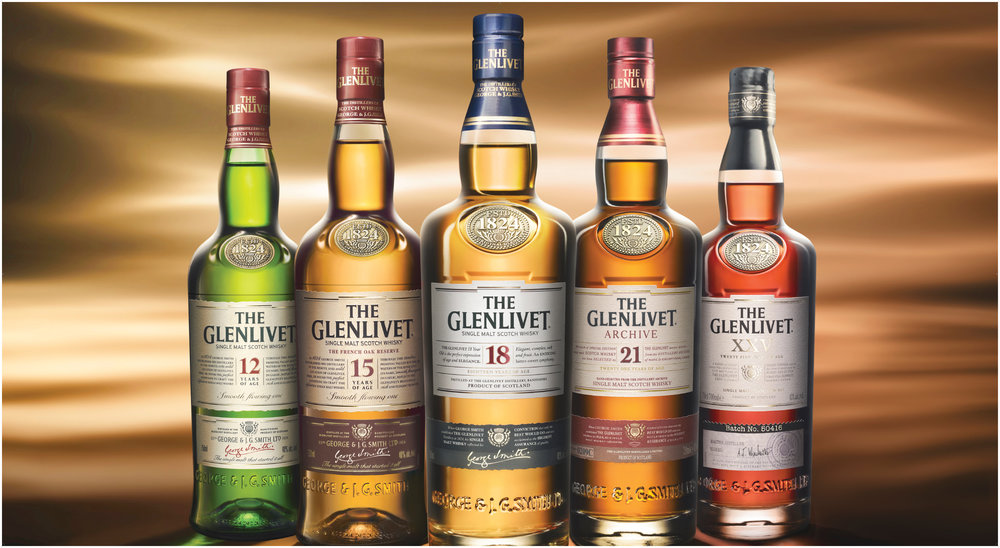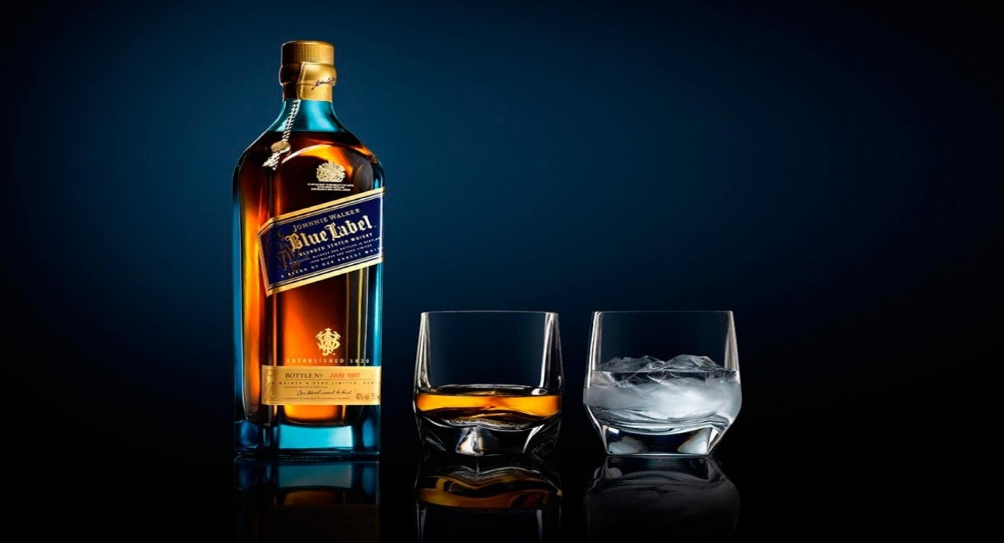One grain dominates the great American Whiskey, but others give it character and complexity
It’s well-known that Bourbon comes from corn—but there’s a bit more to it. Federal law dictates that this American-made whiskey, in addition to aging in new charred oak containers, must include a minimum 51% corn. The remaining 49% of the grain, however, is at the distiller’s discretion. You will be hard-pressed to find a 100% corn Bourbon, because it’s difficult to strike the right chord with a single flavor note. The corn is typically joined by malted barley and either rye or wheat. This distinctive ratio of grains, known as the mashbill, starts a Bourbon on its years-long journey, influencing myriad decisions and ultimately the final flavor signature.
“Mashbill is extremely important,” says Maker’s Mark master distiller Denny Potter. “It’s hard to figure out what has the greatest impact—mashbill, yeast, maturation? A lot of people will agree maturation has the greatest influence on taste, yet mashbill is the very first variable that you come in contact with, and it sets the stage for everything else.”
Small Grains, Big Impact
In comparison to corn kernels, the other grains that go into Bourbon are small in size, leading distillers to refer to them as the small grains, or in some instances, flavoring grains, a testament to their importance in a Bourbon’s final taste.
Malted barley is a standard inclusion in Bourbon for practical concerns. It alone holds the necessary enzymes to facilitate transforming grain starches into fermentable sugars. At Maker’s Mark in Loretto, Ky., there is one mashbill consisting of 70% corn, 14% malted barley and 16% red winter wheat. “Obviously, malted barley plays a part. We equate barley to being a little bit like rye, with more earthy notes, and it can tend to be a little floral in aroma, but it’s not a component that stands out,” says Potter.
Peer beyond the commonalities of corn and barley, and you can begin to really unlock an individual Bourbon’s DNA. Much like any family, Bourbons will appear different according to their age and their life experience—whether they were in a hot part of the warehouse, or were adjusted to a lower proof. Yet Bourbons derived from the same mashbill are predisposed with basic similarities, ingrained like a genetic code.
According to master distiller Harlen Wheatley, the list of proprietary mashbills at Buffalo Trace Distillery in Frankfort, Ky., is ever-growing. Through experimentation, Buffalo Trace has discovered that relatively small changes in a mashbill can have a real impact on the final whiskey. “At just 2 to 3%, it shows a noticeable difference in the distillate, and so you have to be pretty precise. We’ve done tests where we stairstep the rye [in a mashbill] at just 2 to 3% increments, slightly changing the recipe,” he explains. Think of wine regions like Bordeaux, where only a few grapes are permitted, and the final blend recipe gives the wine its fingerprint.
Classic Rye
The traditional flavoring grain for Bourbon is rye. At Heaven Hill, a Bourbon mashbill using 10% rye accounts for about 90% of production. Depending on where and how long a barrel ages, it might become Evan Williams, Elijah Craig or Henry McKenna. “Rye lends these whiskeys their spice character and robust mouthfeel,” says Conor O’Driscoll, Heaven Hill master distiller.
This mashbill lives among what we might call the classic Bourbon recipes, usually about 10% to 20% rye, and it’s reflected across the standard-bearers of Bourbon such as Jim Beam’s Baker’s Bourbon, Wild Turkey and Brown-Forman’s Woodford Reserve, all of which sit in this traditional range, where corn sweetness is nicely balanced with the gentle earthiness, drying finish and titillating spice lent by rye.
High Rye
Due to the recent resurgence in the popularity of rye whiskey, some Bourbon producers have elected to up the percentage of rye in their Bourbon, giving rise to what’s called high-rye Bourbon. The term isn’t legally defined but is generally applied to Bourbons that include rye in the range of 20% to 35%. As the rye notes become more pronounced, the spice flavors are often more profound and specific, evoking cinnamon, clove and pepper.
You can experience the impact of high-rye mashbill Bourbon from Bulleit (28% rye) and special offerings from other producers. Four Roses constructs its Bourbon using a variety of formulas; its Single Barrel selection uses a formula designated OBSV, the B indicating a mashbill of 60% corn, 35% rye and 5% malted barley.
Wheat
The main alternative to rye is wheat. High-wheat Bourbons enjoy a cult following, owed partly to Pappy Van Winkle, the poster child of rare Bourbon.
Wheat has also been the hallmark of Maker’s Mark since 1954. “We ended up with our mashbill back in the ’50s because they used those grains to make bread. It’s like the difference between wheat and rye bread,” Potter explains. “Rye typically has a little more earthy notes while wheat comes across not sharp, but soft and sweet.”
All the wheat for Maker’s Mark comes from a local farm, and Maker’s is growing test plots on-site too. “It’s a journey to figure out where flavor comes from with regard to grain,” says Potter. “Talking wheat is like saying oak: Is it American oak, French oak, toasted or not? There is a lot of variety to explore.”
At Heaven Hill, the OFD mashbill, short for Old Fitz Distillate, is responsible for Old Fitzgerald and Larceny. “At 20-some-percent wheat, these [versions] have a much softer, gentler, rounder mouthfeel, and a flavor profile with sweeter notes,” says O’Driscoll.
Bourbon may be the most strictly regulated style of American whiskey, with rules that dictate many details, from the proof upon entering the barrel to the use of corn. But even within these strictures, distillers have plenty of room to rethink this American classic. “Smaller producers can redefine or explore very different avenues to bring something unique to the table. And there was so much open because everybody thought Bourbon needed to come from Kentucky, and everybody thought it had to be sour mash, and needed to be this and that,” Birnecker notes.
Like knowing grape varieties in a wine you like, understanding the mashbill of a Bourbon can help you find others that are distinct enough to be compelling and similar enough to be familiar. It’s all in the family.
















